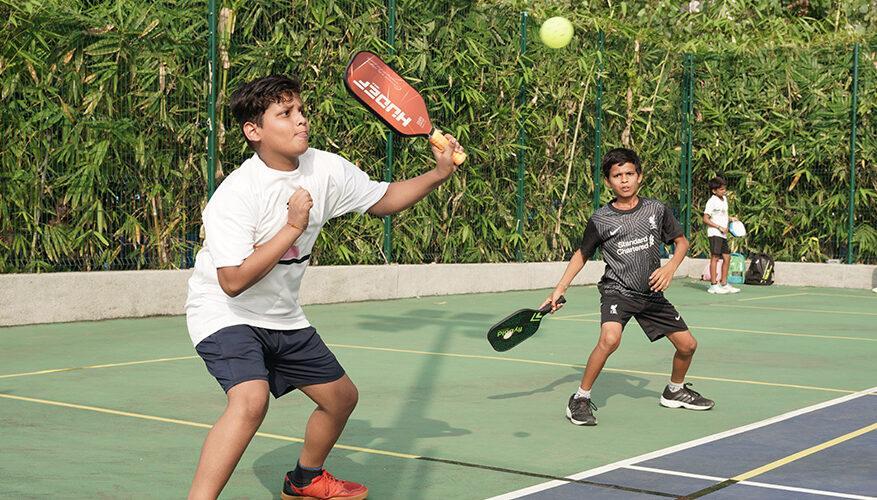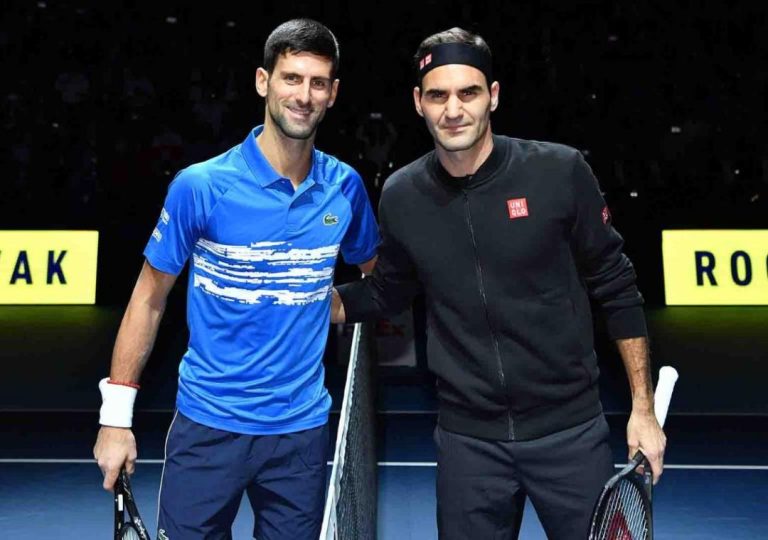
Pickleball Boom in India: Sport, Fitness & Fast Returns
The Indian sports landscape is witnessing a significant transformation, with a new sport taking center stage: Pickleball. This fast-paced, paddle-based game has been gaining immense popularity among the youth, and its impact is being felt across the country. With over 1,200 courts, a booming business model, and a projected market size of ₹7,500 crore by 2030, Pickleball is poised to become a major player in India’s sports industry.
Pickleball, a sport that originated in the United States in the 1960s, has been slowly gaining traction in India over the past few years. However, it was only in the last two years that the sport started to gain mainstream popularity. The reason for this surge in popularity is simple: Pickleball is a sport that combines fitness with fun, making it an attractive option for young Indians who are looking for a new and exciting way to stay active.
The sport requires players to hit a plastic ball with a paddle, similar to a table tennis racket. The objective is to hit the ball in such a way that it lands on the opponent’s side of the court, while preventing the opponent from doing the same. Pickleball is played with two players or four players, divided into two teams. The game is relatively easy to learn, making it accessible to people of all ages and skill levels.
One of the primary reasons for Pickleball’s popularity in India is its unique combination of physical and mental benefits. The game requires quick reflexes, hand-eye coordination, and strategic thinking, making it an excellent way to improve overall fitness and mental well-being. Additionally, the game is low-impact, making it an ideal option for people who are prone to injuries or have mobility issues.
The benefits of Pickleball extend beyond the physical and mental aspects. The sport also offers a unique social experience, providing an opportunity for people to connect with like-minded individuals and build lasting relationships. Many Pickleball players in India are part of local clubs and communities, which provide a sense of belonging and camaraderie.
The business model surrounding Pickleball is also contributing to its rapid growth in India. The sport requires minimal infrastructure, making it an attractive option for entrepreneurs and investors. Setting up a Pickleball court requires a relatively small investment, which can be recouped quickly through membership fees and court rentals.
The Indian government has also taken notice of Pickleball’s potential and has been actively promoting the sport. The Ministry of Youth Affairs and Sports has launched initiatives to promote Pickleball in schools and colleges, with the aim of increasing participation and creating a sustainable ecosystem for the sport.
The impact of Pickleball on India’s sports industry is expected to be significant. According to a recent report, the sport is projected to generate revenues of ₹7,500 crore by 2030, making it a major contributor to the country’s sports economy. The growth of Pickleball is also expected to create new job opportunities, from court management to coaching and training.
In conclusion, Pickleball is a sport that is transforming the Indian sports landscape. With its unique combination of physical and mental benefits, social benefits, and low setup costs, Pickleball is an attractive option for players, investors, and entrepreneurs alike. As the sport continues to grow, it is likely to create a new wave of entrepreneurs, job opportunities, and a sustainable ecosystem for sports in India.
Source: https://ascendants.in/business-stories/pickleball-growth-india-sport-business/






